Budget 2024: ADF workforce crisis balloons despite funding surge
Defence’s workforce crisis is set to worsen with the shortfall in uniformed personnel forecast to rise to a record 5000 over the next 12 months.
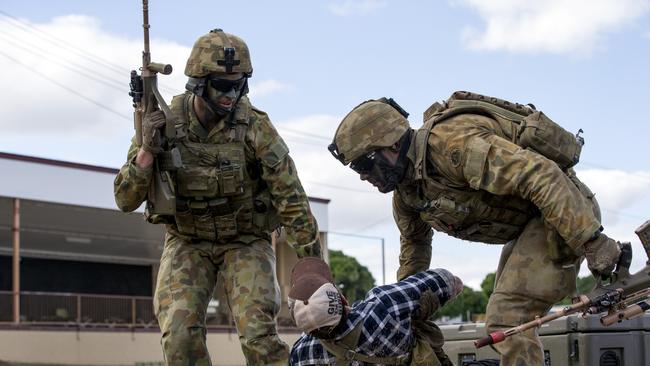
Defence’s workforce crisis is set to worsen with the shortfall in uniformed personnel forecast to rise to nearly 5000 over the next 12 months despite surging military spending and escalating strategic risks.
The budget papers show Defence spending will hit more than $55bn in the next financial year, or 2.02 per cent of GDP, rising to $67bn by 2027-28, or 2.12 per cent of national output.
The cost of Defence’s workforce is forecast to rise more than $900m in 2023-24 and another $920m in the coming financial year as the government throws money at recruiting and retention initiatives.
But budget papers reveal those efforts – including $50,000 bonuses for those who commit to staying in the force – are forecast to add just 358 personnel to the ranks of the army, navy and air force over the next 12 months.
The estimated ADF workforce will 58,600 by June 30 next year, against a requirement of 63,597.
While Defence is struggling to expand the size of the force, the agency responsible for delivering the nation’s nuclear submarines has ballooned in size to 478 personnel, and is forecast to grow to 665 staff by June 30 next year.
By 2026-27, the Australian Submarine Agency is forecast to “create 900 new public service jobs”, the budget papers say.
The agency’s operating budget will rise to $382m in 2024-25, while the submarine program has already cost more than $450m nearly a decade out from the scheduled delivery of the first Virginia-class sub from the US.
The subs program, which is forecast to cost up to $368bn to deliver, is listed as a key fiscal risk.
“The total costs associated with the program will depend on the details of design and production processes and commercial and other arrangements, including the provision of indemnities, which will be finalised between governments and delivery partners,” Treasury warns.
The budget papers also reveal the troubled Hunter-class frigate program has consumed more than $4.3bn before steel is cut for the first hull.
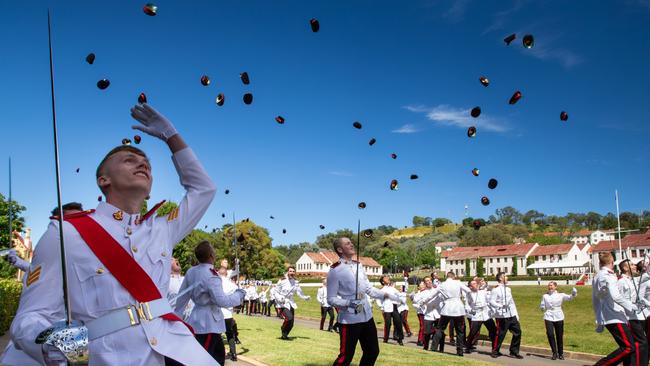
Amid concerns the nation’s defence industry is ill-prepared for the AUKUS program, the budget allocates $101m to expand the potential subs construction workforce and the program’s domestic supply chain.
The package includes $68m for apprenticeship and training initiatives, and $33m to help domestic firms become suppliers to the nuclear submarine program.
Defence Minister Richard Marles said the funding increases were the biggest in decades.
“This is about ensuring our Australian Defence Force is fit for purpose and equipped with suitable capabilities to meet present and future challenges.”
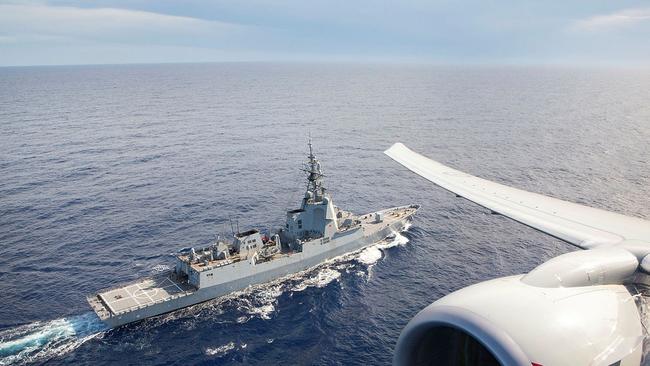
But former Defence official Michael Shoebridge said the minister had been rolled by Treasurer Jim Chalmers, who had delivered an effective cut in Defence spending due to the loss of purchasing power inflicted on military spending by inflation. He said analysis suggested Defence needed an extra $4bn a year over the next four years to repair losses inflicted by inflation.


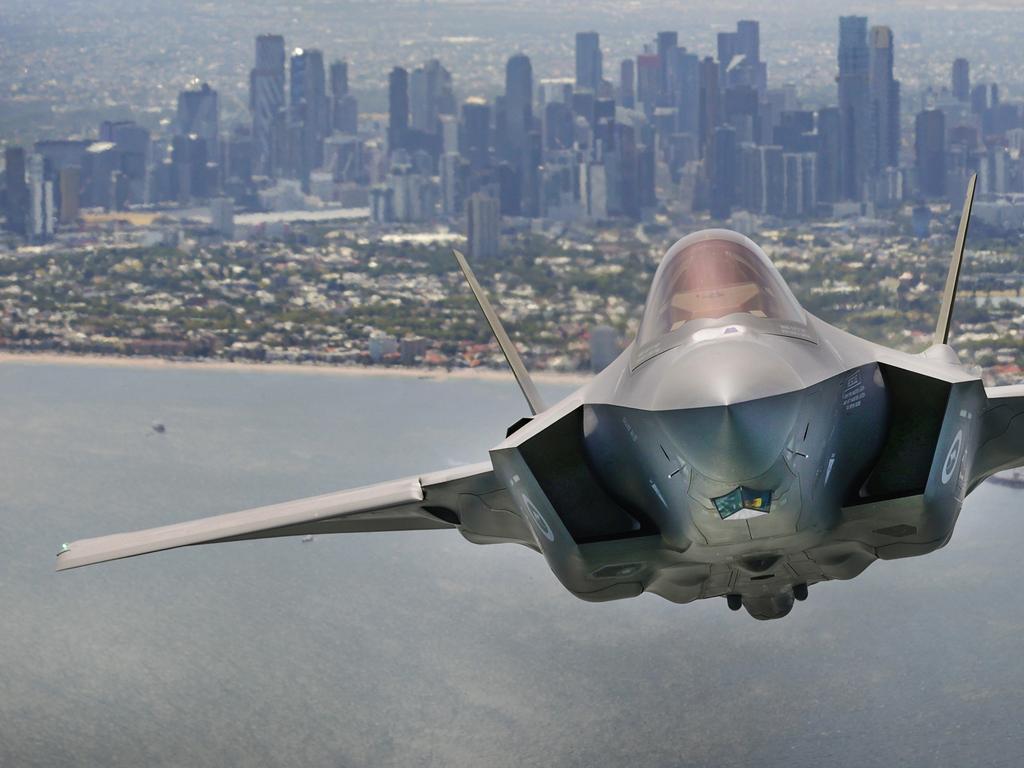

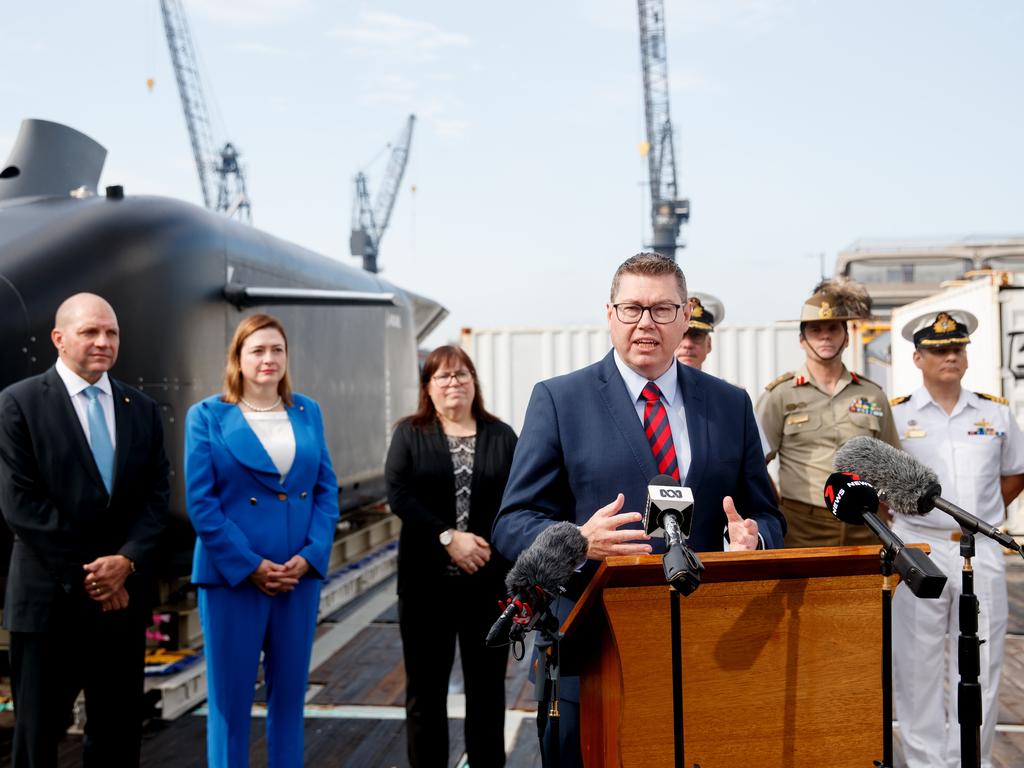
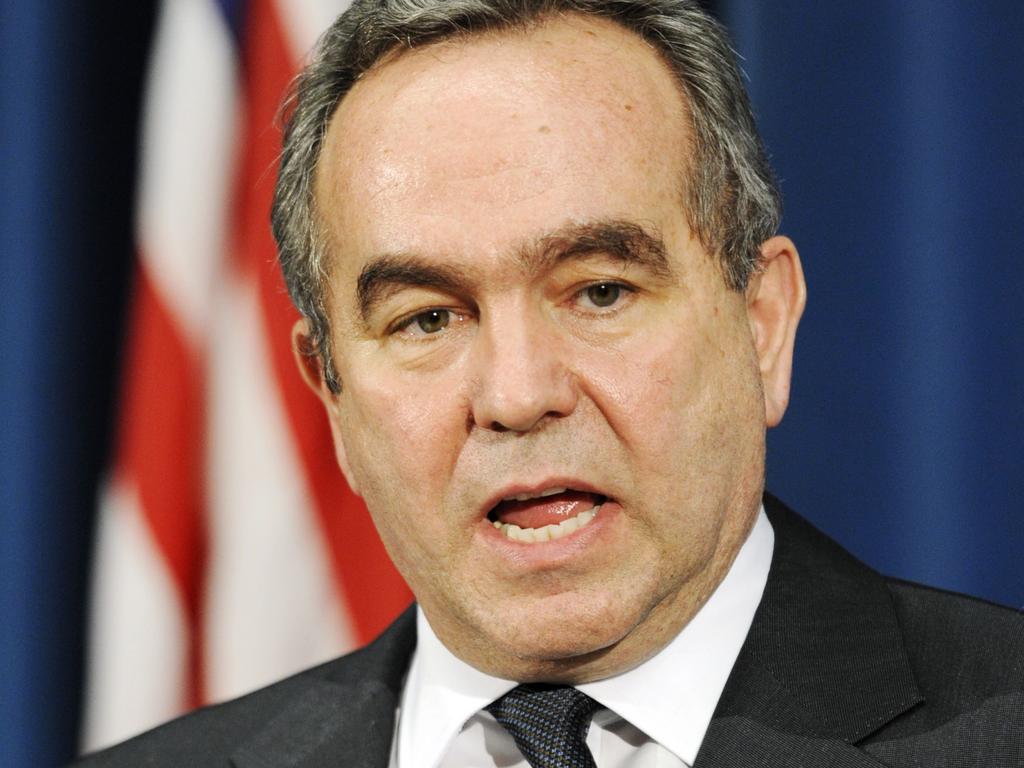


To join the conversation, please log in. Don't have an account? Register
Join the conversation, you are commenting as Logout